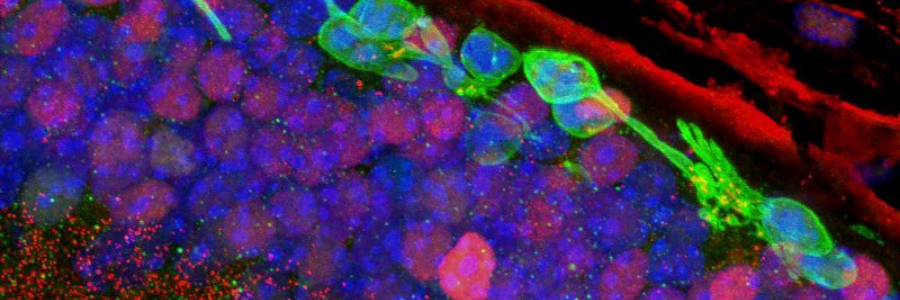ASGCT Impacts Strategic Planning Process for National Institutes of Health
ASGCT Staff - August 04, 2021
Read about ASGCT's impact on the strategic planning processes of the National Eye Institute and the National Institute of Neurological Disorders and Stroke.

ASGCT has made an impact on the strategic planning processes, and thus the future direction, of two Institutes of the National Institutes of Health (NIH). This achievement became clear with the publication of the National Eye Institute’s (NEI) 2021 Draft Strategic Plan and the 2021-2026 Final Strategic Plan for the National Institute of Neurological Disorders and Stroke (NINDS).
A key strategic priority for the Society is to support continued innovation by encouraging federal research funding for gene and cell therapy. The majority of that federal funding flows through NIH and its Institutes and Centers, steered by their respective strategic plans which, in accordance with the 21st Century Cures Act, are required to be regularly updated.
Beginning in early 2020, ASGCT responded to Requests for Information (RFIs) for four NIH Institutes: NEI, NINDS, the National Institute on Deafness and Other Communication Disorders (NIDCD), and the National Institute of Diabetes and Digestive and Kidney Diseases (NIDDK). For each Institute, the Society consulted ASGCT members with expertise in that particular field to highlight key developments in gene and cell therapy, knowledge gaps and research needs in the field, and opportunities for future development and new therapeutic avenues.
It is therefore encouraging to see gene and cell-based therapies given prominent support in NINDS’ final and NEI’s draft strategic plans. Some of the key points include:
NINDS
-
Underscoring the burden of hundreds of genetic neurological disorders, many of which affect infants and children, which have known gene mutations but no disease-modifying therapy.
-
Including ASGCT-recommended language to emphasize the role of basic research to enable the development and refinement of approaches to improve upon existing treatments.
NEI
-
Highlighting progress in the ocular field in expanding researchers’ understanding of the genetic underpinnings of ocular disease, both for monogenic diseases and more complex ones, such as age-related macular degeneration (AMD) and glaucoma. As ASGCT noted in its comments, gene therapies for more genetically complex indications are in early development but significant work is needed to bring those therapies to patients.
-
Identifying the need for NEI to “lead new progress in gene therapy,” including several ASGCT-recommended research targets such as non-viral gene delivery systems, gene promotors, and mechanisms to control immunogenicity reactions.
-
Recognizing the need to develop additional animal models to replicate human disease phenotypes for preclinical testing of therapies, as recommended in ASGCT’s comments.
Research supported by these institutes is crucial to the current success and future growth of gene and cell therapies. The Society hopes to see the same level of support for the field when NIDCD and NIDDK release their draft strategic plans. Collectively, ASGCT members have carried out more than two decades of the basic, translational, and clinical research that underpins recent critical advancements in gene and cell therapy development; as a Society, we must continue to look for opportunities to highlight the field’s significant promise and support continued research.